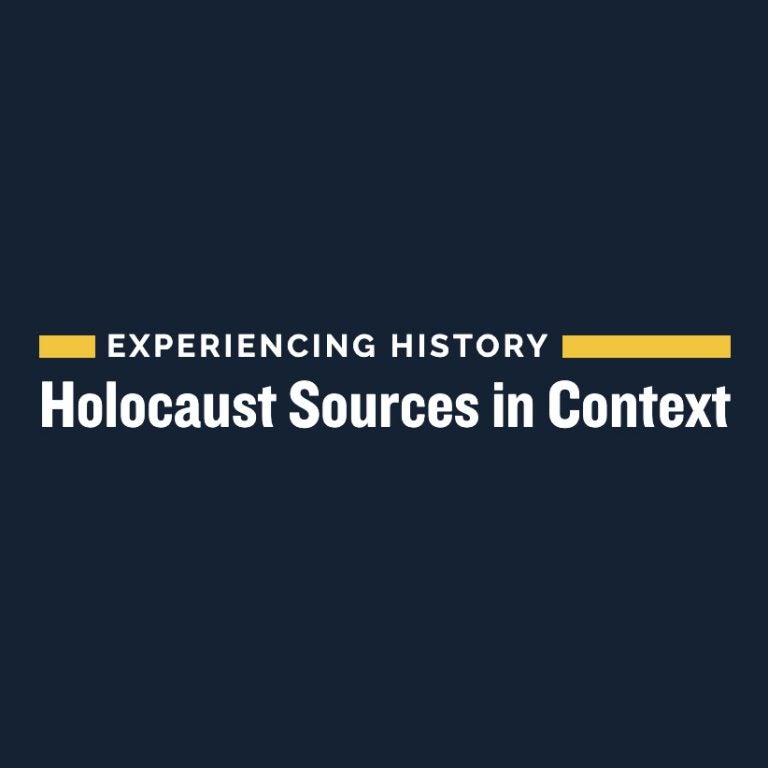This collection shows some of the ways American college and university students reacted to the Nazi regime, World War II, and the Holocaust. These diverse voices point to a wide range of responses on US campuses, including active opposition to Nazism, disinterest, and even sympathy for certain aspects of the Nazi program.
Author
Matt Villeneuve, Richard Bachmann, and Ryan Glauser
Department or Unit
History
Publish Date
2020
Format
Lab
Support Partners
United States Holocaust Memorial Museum

